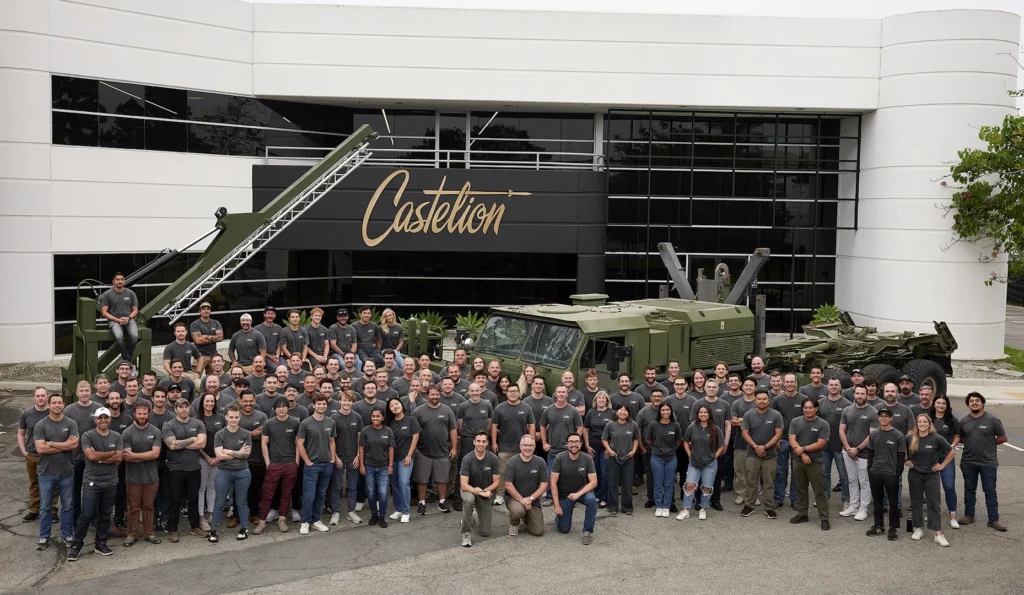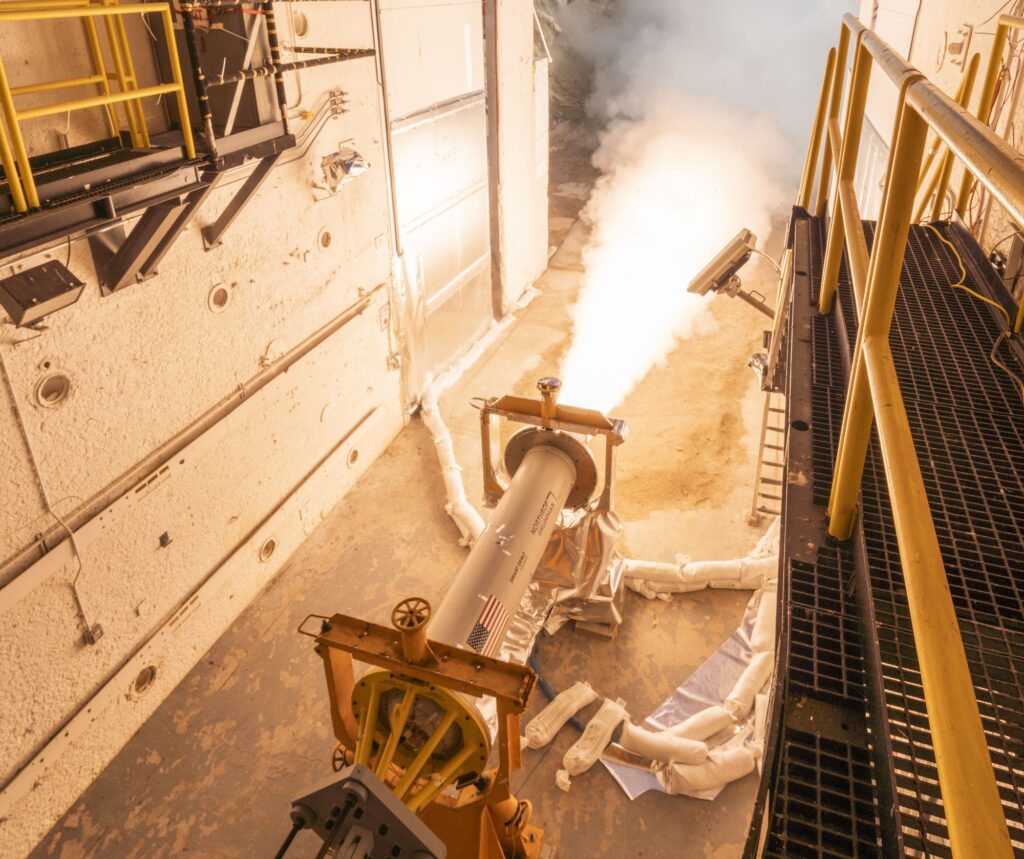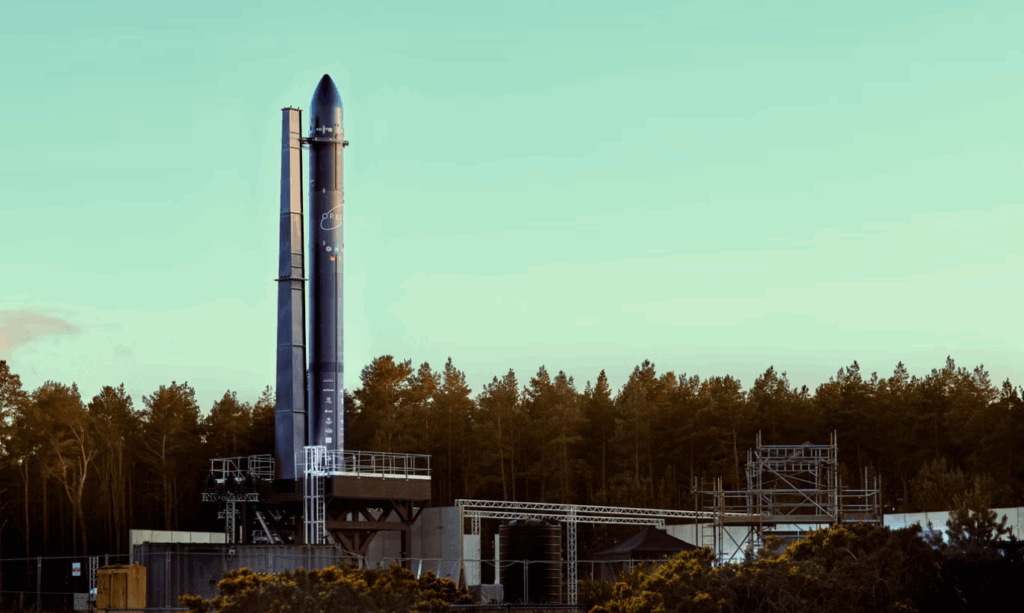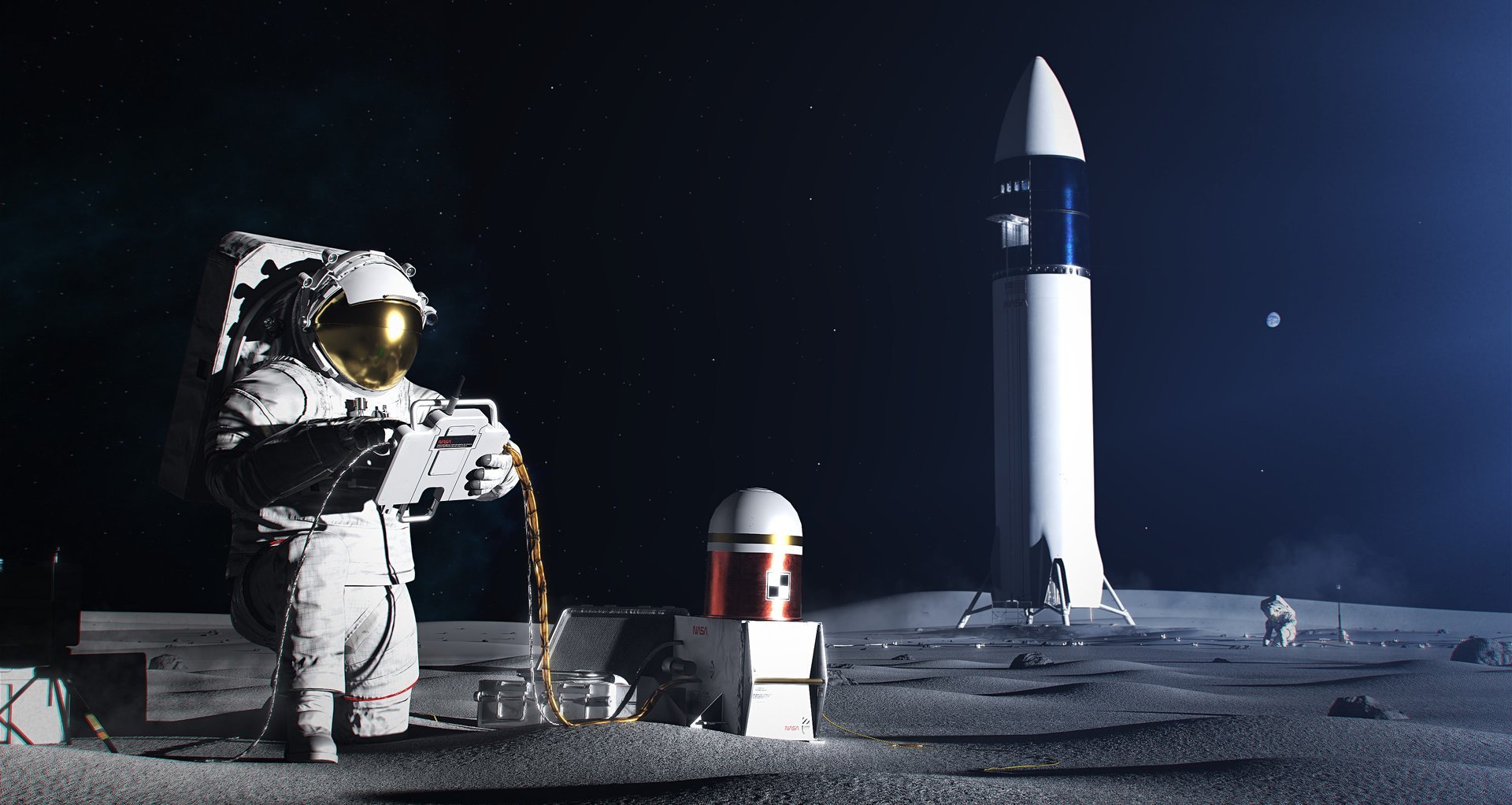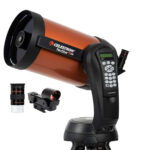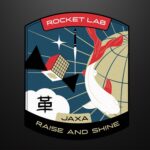Now Reading: Blue Origin planning next New Glenn flight for early next year
-
01
Blue Origin planning next New Glenn flight for early next year
Blue Origin planning next New Glenn flight for early next year
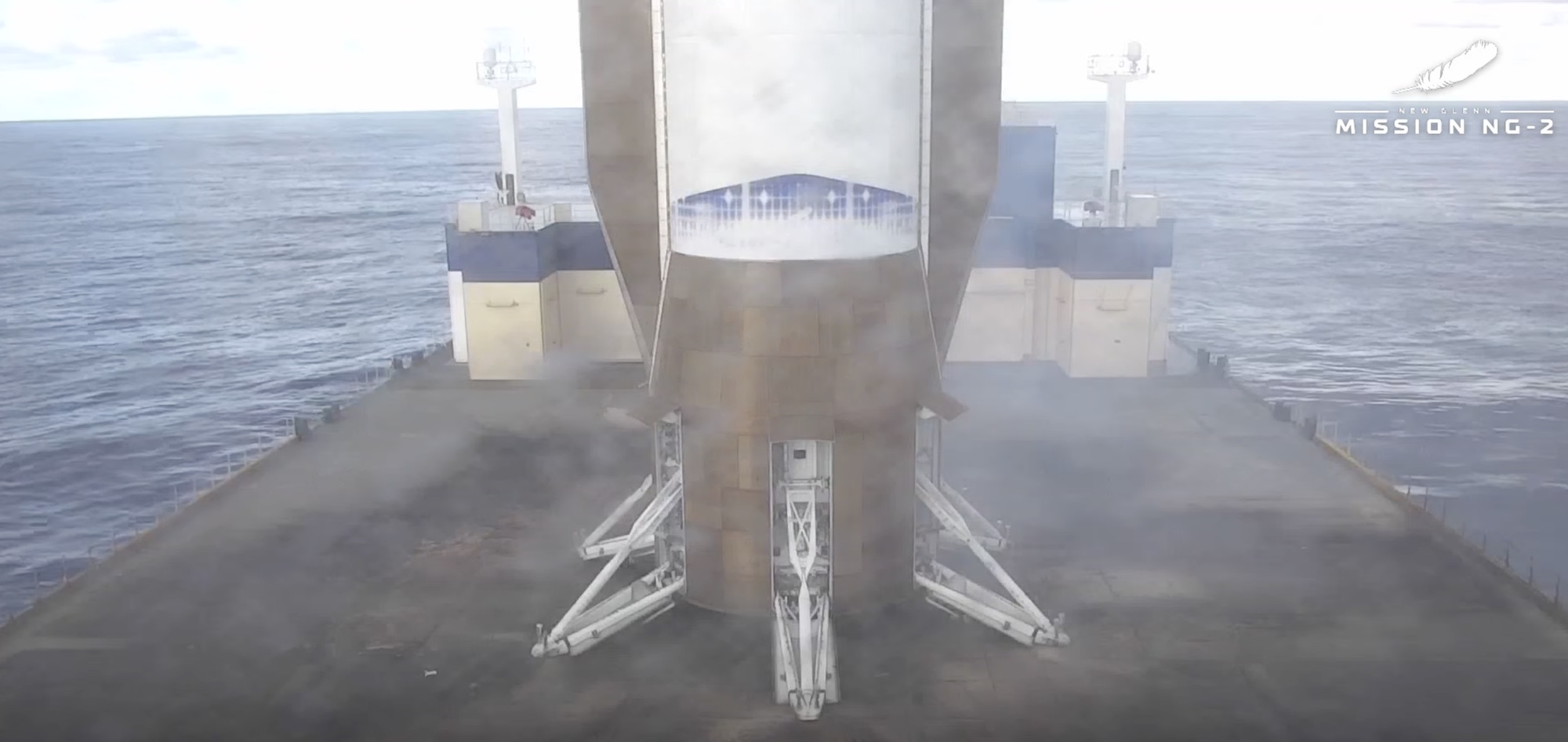

WASHINGTON — After a successful second flight of New Glenn, including the first landing of the booster, Blue Origin is looking to perform its next launch early next year, possibly with the same booster.
In an interview a day after the Nov. 13 NG-2 launch of New Glenn, Blue Origin Chief Executive Dave Limp said that while data reviews have only just started, the vehicle appeared to perform exactly as expected.
“On the surface, it looks like a very nominal mission,” he said.
The NG-2 launch successfully deployed NASA’s ESCAPADE mission, a pair smallsats that will head to Mars after spending a year in the vicinity of the Earth-sun L2 point. The upper stage also included a hosted payload from Viasat to test the ability to relay launch vehicle telemetry.
The highlight of the mission, though, was the landing of the first stage on the company’s ship, Jacklyn, in the Atlantic a little more than nine minutes after liftoff. The stage descended to a point near the ship, then shifted over directly above the ship before landing.
That maneuver, company founder Jeff Bezos said on social media was designed, to protect the ship and “avoid a severe impact if engines fail to start or start slowly.” That offset, initially on the order of a hundred meters, will be decreased over time.
The company had named the booster “Never Tell Me The Odds” but Limp said going into the flight he was optimistic the booster would land on the ship. “We had very good data and understanding of what needed to be done after the first flight,” he said, when the engines failed to relight for a reentry burn.
Monte Carlo simulations “suggested we had a pretty good chance of landing. Not 100%, but it was much better than the first flight,” he said.
The company still has to inspect the booster and determine how much refurbishment is needed for its next launch. The same booster could be used for the next New Glenn flight, although Limp said the company is still weighing using a new booster.
“It’s kind of a toss up, because the third booster is pretty far along in manufacturing,” he said. While New Glenn boosters are ultimately designed to be turned around in two to three weeks, this booster will take longer since it is the first to be refurbished.
Blue Origin expects the next flight of New Glenn to carry its Blue Moon Mark 1 uncrewed lunar lander. That lander is finishing development and will soon be shipped to the Johnson Space Center for thermal vacuum testing.
“Assuming that stays on the schedule that we’re on right now, I think it’s likely our third mission” for New Glenn, he said. If Blue Moon’s schedule did slip, he said the company might fly another payload on the next New Glenn and move the lander to the fourth launch.
Limp said Blue Origin was targeting “very early in the new year” for the next New Glenn launch. The company has not yet determined how many New Glenn launches it will put on the manifest for 2026.
“We want to be very hardware rich next year,” he said, including being able to produce 20 second stages a year. “The question is, can we get to an operational cadence? And to me, that’s the next step that we’re going to have to sit down with the team.”
There is, he noted, no shortage of demand for New Glenn in a launch-constrained market. “My phone has been fairly busy in the last 24 hours with customers coming out of the woodwork, which is a good problem to have.”
One of the customers for New Glenn is the U.S. Space Force, which is in the process of certifying the vehicle for National Security Space Launch (NSSL) missions. In a statement after the NG-2 launch, the Space Force’s Space Systems Command said it was continuing the certification process but didn’t disclose details about the status of the process.
Depending on the amount of government oversight, certification can take between 2 and 14 launches, Space Systems Command noted. Limp did not disclose which option Blue Origin was pursing but said that the two New Glenn launches now in the books will not be sufficient.
“We will definitely have to fly again to get certification. Plus, there are just a lot of other things. There is paperwork involved,” he said. “But it’s all on track.”
Artemis plans
Limp also discussed in the interview the company’s work to develop a faster approach to returning humans to the moon. NASA Acting Administrator Sean Duffy said Oct. 20 he would “open up” SpaceX’s existing contract to land humans on the moon on Artemis 3 and directed both SpaceX and Blue Origin to develop “acceleration approaches” for their existing landing contracts.
“They asked us, ‘Can you get to the moon faster?’” he said of NASA’s request. “My answer is, if the country wants it, yes.”
He said Blue Origin submitted a concept that would get people back to the moon faster than the company’s current work on the Blue Moon Mark 2 lander, slated to make its first flight on Artemis 5 under a Human Landing System (HLS) contract. He added the NASA contract for Blue Moon Mark 2 calls for it to be ready in 2028 and that “we are on track to have our architectural pieces done for 2028.”
“We believe that we have a simplified architecture that closes. We believe we can do it very quickly,” he said of the new approach. “The reason we can do it very quickly is that it uses the pieces and parts that we’re already working on, but with simpler conops and a simplified mission.”
He didn’t go into details about that approach but said the company submitted a first draft of its approach to NASA and plans to provide a final version in about a week.
Limp said that, even with the push for an accelerated return, the company is still interested in more sustained architectures for a long-term presence on the moon.
“We are strong believers that the NASA should not get rid of the HLS contracts, because we do want sustainability,” he said. “But I also believe we want boots on the moon as quickly as possible. I think that’s important from a national prestige perspective, and there’ll be some science, and it’ll get our muscle back. It’s been a while since we’ve been to the moon.”
Stay Informed With the Latest & Most Important News
Previous Post
Next Post
-
 012024 in Review: Highlights from NASA in Silicon Valley
012024 in Review: Highlights from NASA in Silicon Valley -
 02Panasonic Leica Summilux DG 15mm f/1.7 ASPH review
02Panasonic Leica Summilux DG 15mm f/1.7 ASPH review -
 03How New NASA, India Earth Satellite NISAR Will See Earth
03How New NASA, India Earth Satellite NISAR Will See Earth -
 04And Thus Begins A New Year For Life On Earth
04And Thus Begins A New Year For Life On Earth -
 05Astronomy Activation Ambassadors: A New Era
05Astronomy Activation Ambassadors: A New Era -
06SpaceX launch surge helps set new global launch record in 2024
-
 07From Polymerization-Enabled Folding and Assembly to Chemical Evolution: Key Processes for Emergence of Functional Polymers in the Origin of Life
07From Polymerization-Enabled Folding and Assembly to Chemical Evolution: Key Processes for Emergence of Functional Polymers in the Origin of Life












